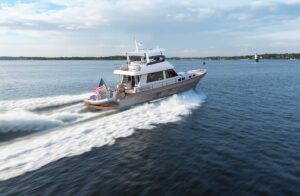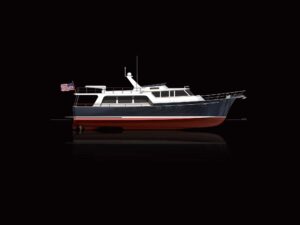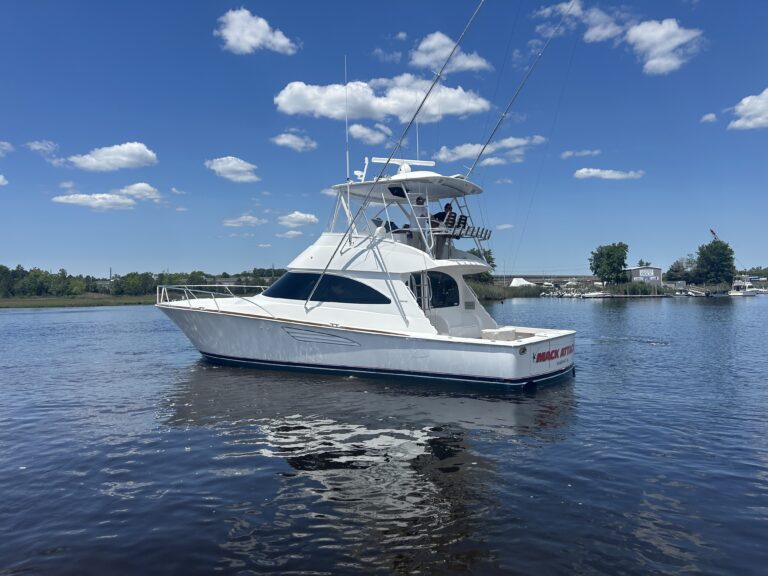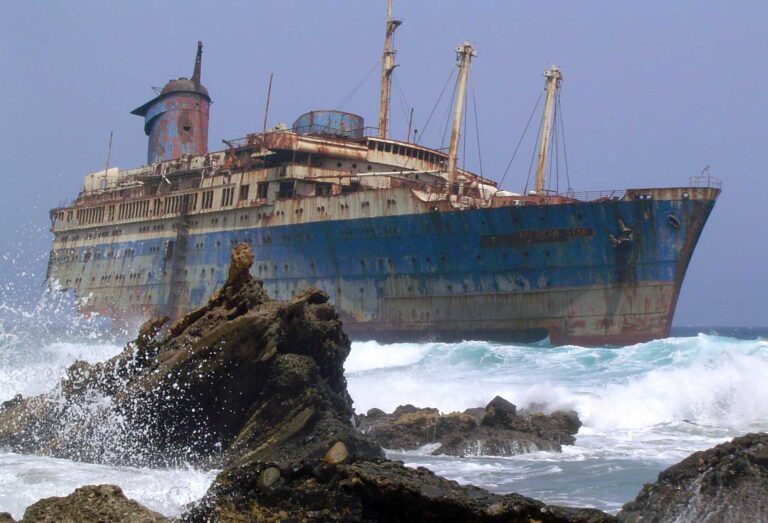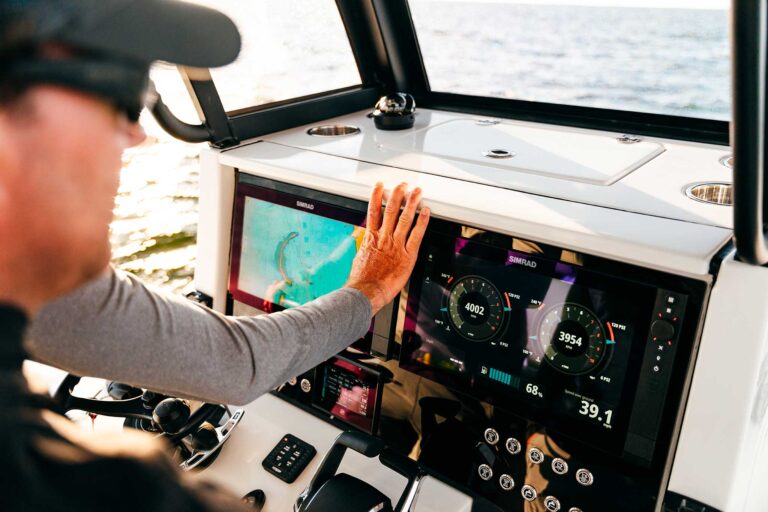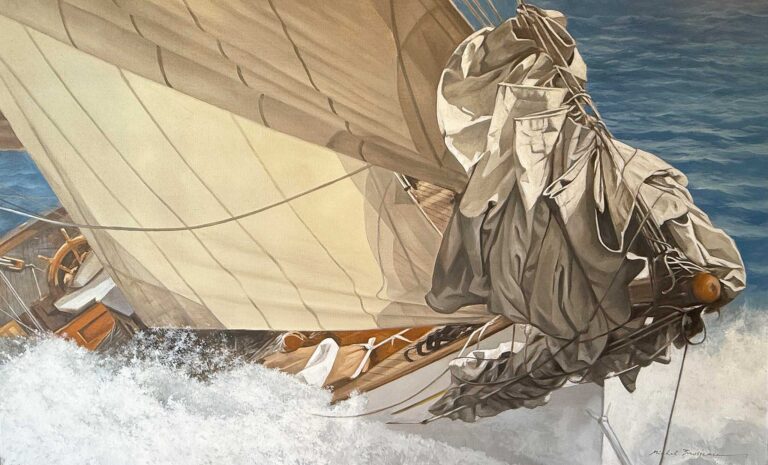Yacht designs don’t usually come out of nowhere. One boat is often a refinement of another. The Hinckley Pilot 35 is a good example. Here’s a design that evolved over two decades to become one of the more successful boats of its day.

It was just after World War II when naval architect K. Aage Nielsen, working for Sparkman & Stephens, produced design No. 539 — a racer-cruiser with an enclosed head and a galley. A refinement of Nielsen’s two earlier Islander designs, it was called the Pilot and was built in wood by Fisher Boatworks in Detroit and Thomas Knutson Shipbuilding Co. in New York. The name was chosen, according to Rod Stephens, “for the class to lead the way into a revival of postwar yachting.”
In 1955, Maine boatbuilder Henry Hinckley asked S&S to update the 10-year-old Pilot. The result was design No. 1219, known as the Pilot 35. Seven sloops and a yawl were built in wood. In 1962, at Hinckley’s request, the Pilot 35 was redesigned for fiberglass construction. The result was design No. 1727, the boat we know as the Hinckley Pilot 35, built exclusively by Henry R. Hinckley & Co. (A few boats were later licensed to be built in Chile.)
Here was the ultimate refinement of the original 1945 design. The newest Pilot kept the same basic midsection and underbody but was slightly longer overall — 35 feet, 9 inches — and on the waterline. The cabin top was raised, and Hinckley’s distinctive windows were added. Of the 117 Hinckley Pilot 35s built, 25 were yawls and the rest sloops. Design No. 1727 also set a trend for S&S boats to come.
“Not only was it a bestseller,” Stephens wrote, “but it paved the way for a whole generation of S&S designs, many the most successful racing craft of their era.”
This article originally appeared in the October 2016 issue.


